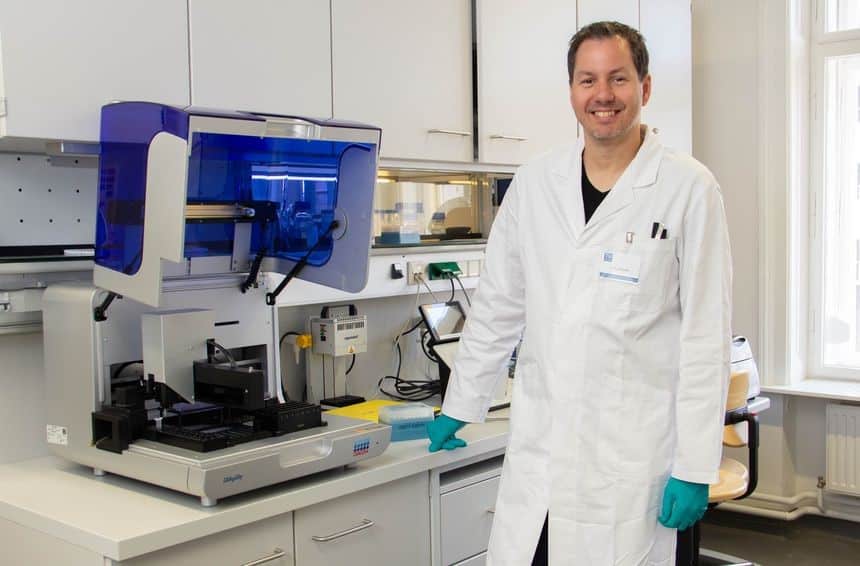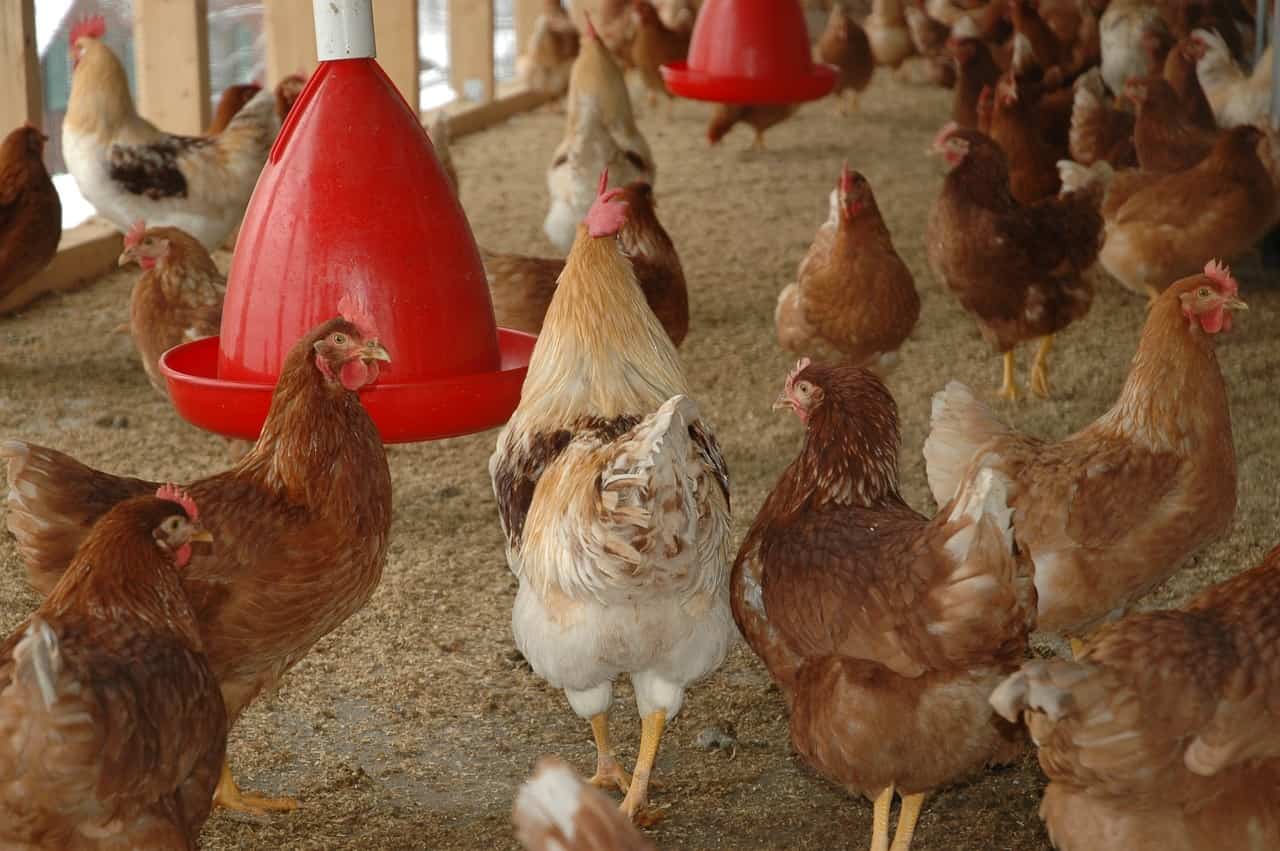
When a mammal eats the same as a bird, this doesn’t mean that it has the same bacteria in its intestines. This was shown in a study of the microbiome in the digestive tract of one hundred and twenty-eight animals. The results are supposed to help to find the cause of fecal contamination in water.
Bacteria and archaea are important actors in the bodies of living organisms. Humans and animals carry ten times more bacteria and archaea than cells. Ninety-nine percent of all bacteria are found in the intestine – and form the microbiome or ecosystem in the digestive tract. As an ecosystem, this has an influence on metabolism, immune system and behaviour. While the microbiome has already been studied in humans and individual animal species, that of free-living animals was still unknown.
FOCUS ON VERTEBRATES
Prof. Andreas Farnleitner explains that up to now there have been investigations on the microbiome of individual species such as rats. “However, we wanted to select multiple animal species that were as representative as possible of the entire pedigree of vertebrates – from birds to mammals to fish,” said the researcher. Farnleitner is co-director of the inter-university research centre Water and Health at the TU Vienna (ICC Water & Health). In addition to ICC Water & Health, he is also Professor for Microbiological Diagnostics at the Karl Landsteiner Private University in Krems.
Both institutes were involved in the research of the microbiome in the digestive tract of animals. The cooperation partner was the Max Planck Institute for Developmental Biology (MPI) in Tübingen, which contributed its know-how in bio-informatical data analysis and evolutionary biology. To obtain samples, the teams cooperated with the Institute of Wildlife Ecology at the University of Veterinary Medicine in Vienna. The samples should actually come from animals in the wild. The microbiome of a zoo animal could deviate from that of its fellow species in the wild. The analysis of the microbiome is carried out using faecal samples.
EVOLUTION AND DIETARY HABITS
Specific to the animal microbiome is a composition that differs greatly between different animal species. The study collected twenty million gene sequences from over four hundred samples of one hundred and twenty-eight different species. The composition of the bacteria in the digestive tract of the animals was studied with regard to evolution and dietary habits. The know-how in bioinformatic data analysis and evolutionary biology was provided by colleagues at the MPI Tübingen.
The results revealed connections in evolutionary history. The microbiome has developed over many millions of years in a co-evolution with the host animals. The species that are close to each other in the evolutionary family tree also have similarities in the microbiome. Nutrition also plays a role, explains Dr. Georg Reischer from the biolab of the TU Vienna. But this is never the only decisive factor: “If a mammal eats the same food as a bird, then it does not automatically have the same bacteria in its intestines.
You can find the original publication under this link:
Youngblut et al. (2019): Host diet and evolutionary history explain different aspects of gut microbiome diversity among vertebrate clades. In: Nature Communications, DOI: 10.1038/s41467-019-10191-3
ANALYSING CONTAMINATION IN WATERS
At the TU Vienna, the data is used to exactly assign contaminants in water bodies to certain animal species. This is made possible by a bio-detector. It was also developed within the framework of the Inter-University Cooperation Centre Water and Health and was completed in February 2019. The method replaced time-consuming methods in the laboratory and simplified and accelerated the detection of health-endangering germs in water.
QUICK TEST ON SITE
According to Reischer, the method works as simply as a pregnancy test: “The bacteria are destroyed, the DNA is selectively duplicated and then detected with a simple strip. The test is used to control water quality and support public health risk assessment.
The article about the project was published in the journal Nature Scientific Reports. You can find the link here: Kolm et al. (2019): Nature Scientific Reports, volume 9, Article number: 393







